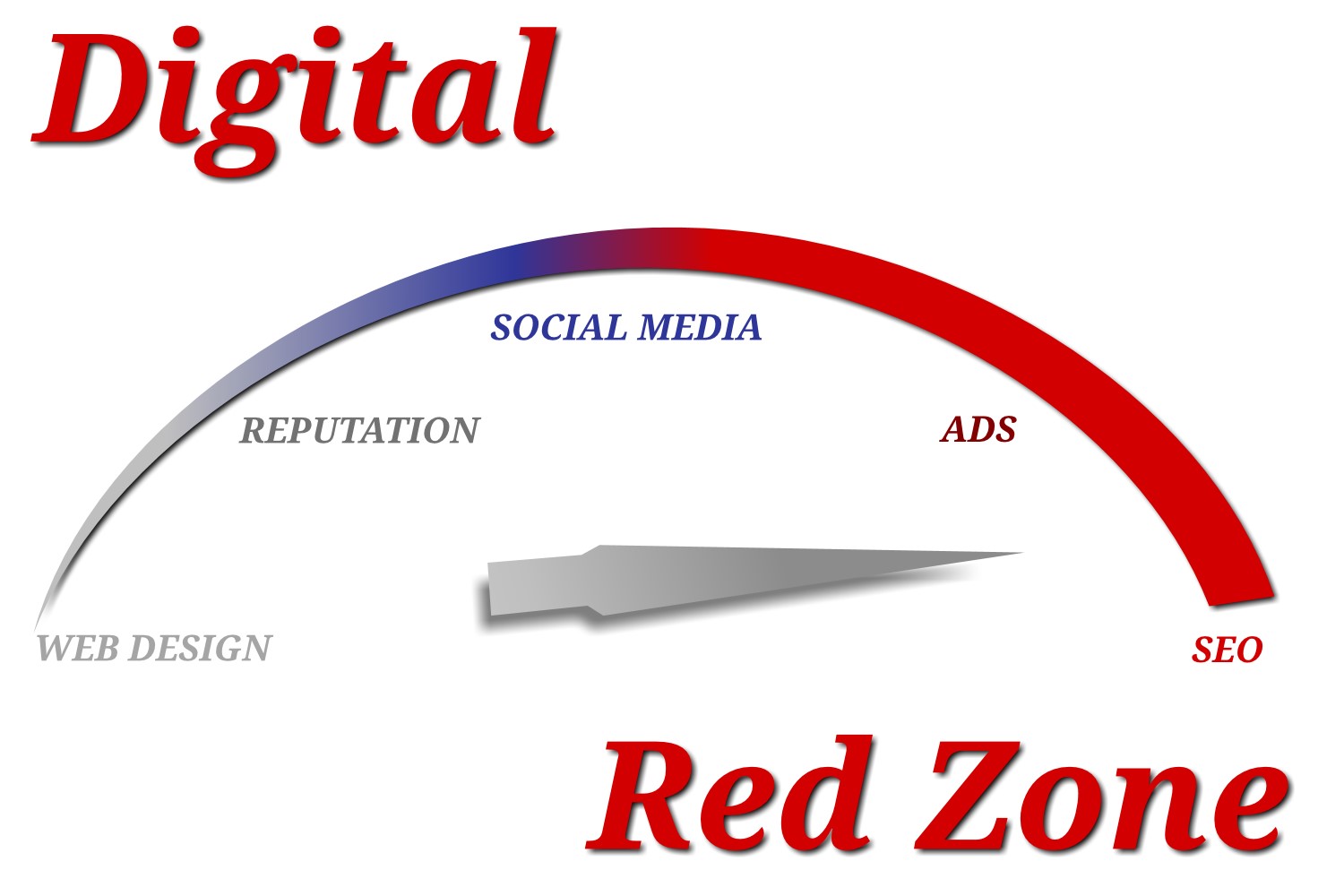What Is Web Design?
It seems like you get a different answer to the above question depending upon who you ask. Creating a web page that can be seen on a computer would be the simplest answer or making a web page look great would be another. At Digital Red Zone we believe that creating a website that is easily found in the search engines, visible on all screen sizes and devices, while providing the user with a great experience and the website owner a return on investment is what web design is all about.

Web Design
Web design encompasses a variety of skills and disciplines in the production and maintenance of websites. It covers areas like:
- Graphic Design: The visual aesthetics and look of the website.
- User Interface Design (UI): Designing the layout and interactive elements to ensure a user-friendly interface.
- User Experience Design (UX): Ensuring the overall feel of the experience is intuitive and engaging.
- Content Production: Crafting the written content that populates the site.
- Web Development: The coding that makes everything work, often considered a separate field but deeply intertwined with design.
Advantages of Using WordPress
- User-Friendly: WordPress is designed with ease of use in mind. You don't need to have coding knowledge to start a basic website.
- Customizable: Thousands of themes and plugins are available, allowing for extensive customization.
- Cost-Effective: While there are costs associated with advanced themes, plugins, and hosting, WordPress itself is free.
- Community Support: Being the most popular CMS means there's a vast community for support, tutorials, and troubleshooting.
- Scalability: Suitable for everything from personal blogs to large enterprise websites.
- SEO-Friendly: WordPress has a strong emphasis on SEO, and there are multiple plugins specifically designed to optimize it further.
- Mobile Responsiveness: Many modern WordPress themes are designed to be mobile-responsive out of the box.
- Open Source: This means its source code is freely available and can be modified or customized by anyone.
- E-commerce Integration: With plugins like WooCommerce, transforming a WordPress site into an online store is straightforward.
- Regular Updates: WordPress is frequently updated for improved functionality, security, and performance.
Designing with SEO in Mind
SEO, or Search Engine Optimization, is the practice of optimizing a website so it ranks well on search engines, primarily Google. Designing with SEO in mind is essential for several reasons:
- Visibility: The primary way many users find content or businesses online is through search engines. Being ranked higher increases your visibility.
- Credibility: Websites that appear higher in search results are often viewed as more credible or authoritative.
- User Experience: Many SEO practices also improve user experience, such as fast loading times, mobile optimization, and clear navigation.
- Cost-Efficient Marketing: Organic search traffic is 'free' in the sense you're not paying per click or impression. Good SEO can provide a steady stream of traffic without ongoing costs.
- Stay Competitive: If your competitors are optimizing their websites and you're not, they will likely outrank you and get more of the search traffic.
When you integrate SEO into your web design process:
- Site Structure: It ensures a logical hierarchy, making it easier for search engines to crawl and understand your content.
- Mobile Optimization: Given the growing number of mobile users, search engines prioritize mobile-friendly sites.
- Fast Load Times: Page speed is an SEO ranking factor. An efficiently designed site loads faster.
- Clear Metadata: Designing with SEO means thinking about meta titles, descriptions, and structured data to better communicate with search engines.
- Image Optimization: Properly optimized images load faster and can be indexed by search engines.
In summary, web design is not just about aesthetics; it's about functionality, user experience, and visibility. WordPress offers an accessible and flexible platform to achieve these goals, and incorporating SEO ensures the site reaches its intended audience effectively.
